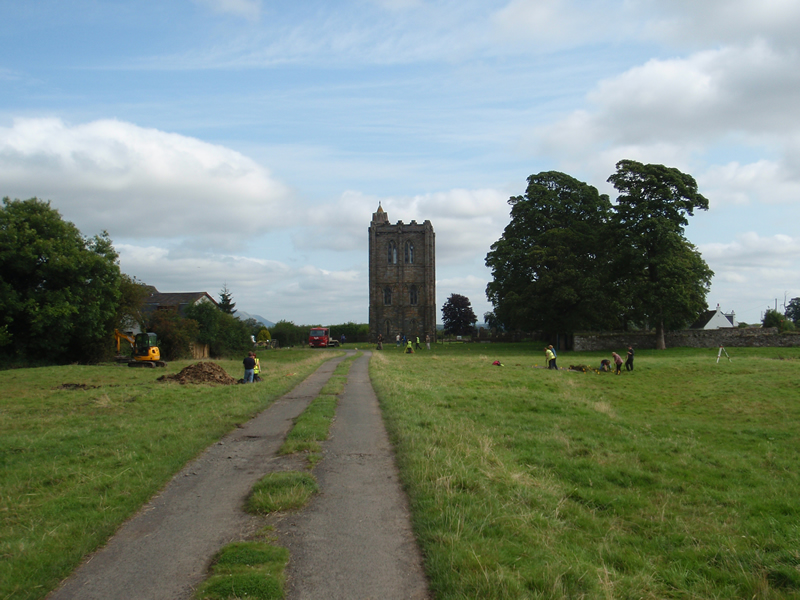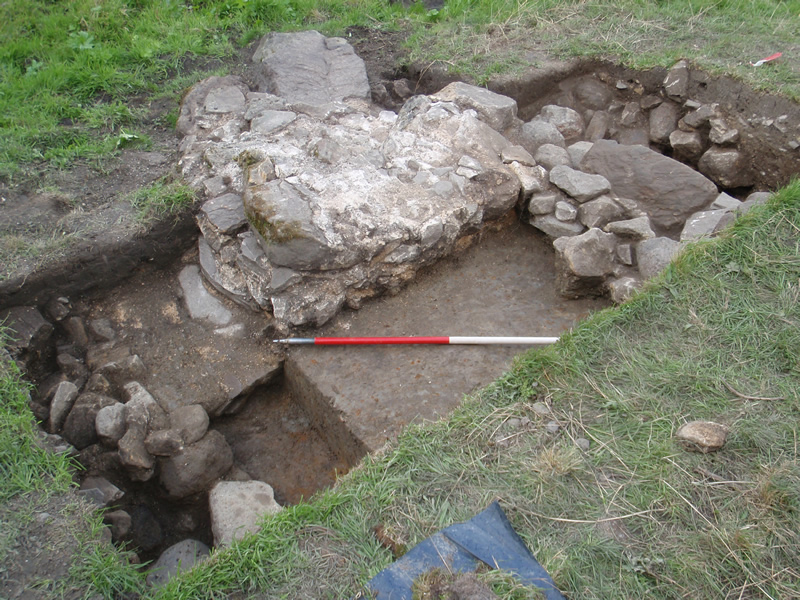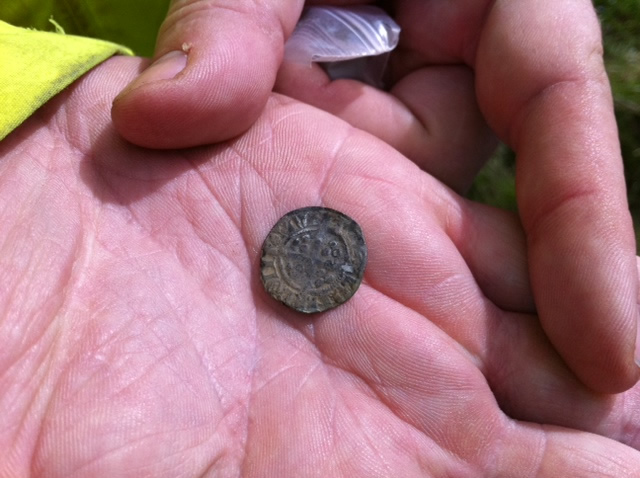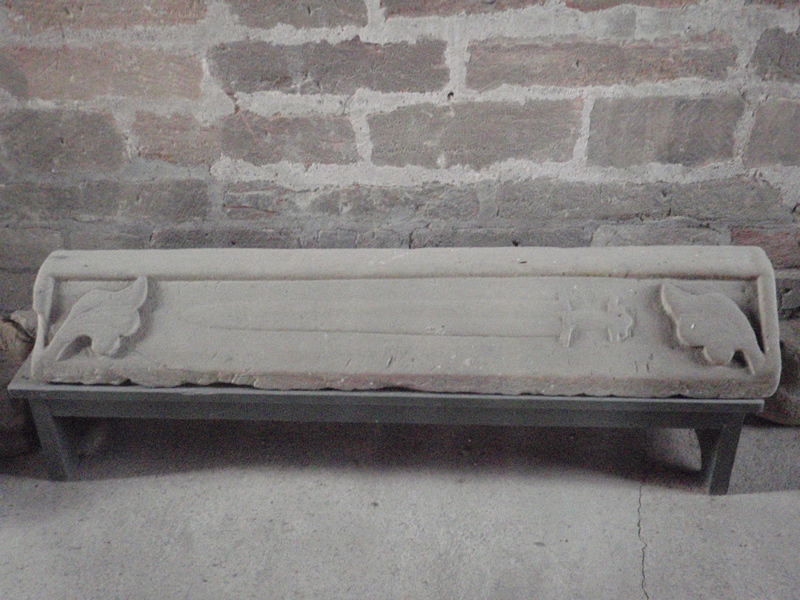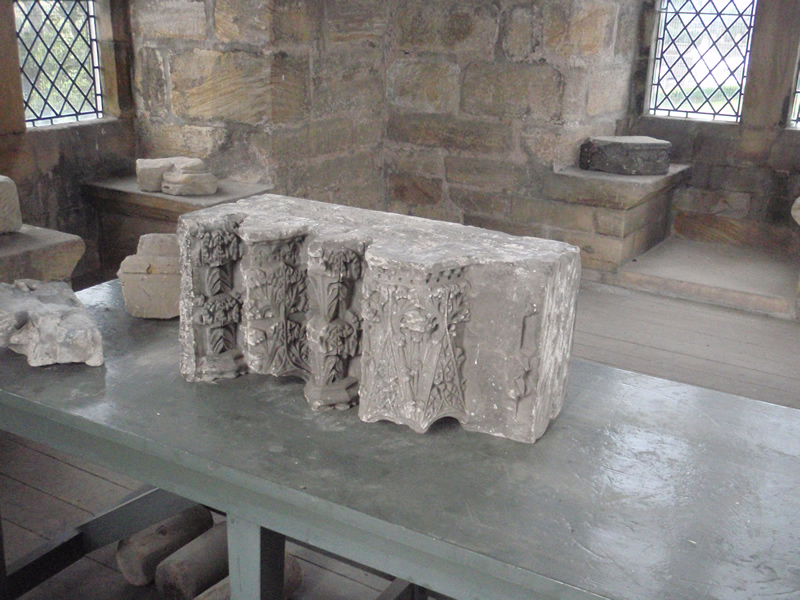GUARD Archaeology are pleased to report that we have been commissioned as part of the Inner Forth Landscape Initiative (IFLI) and on behalf of Stirling Council to go back and investigate the medieval harbours, piers and fording points around Cambuskenneth Abbey in September 2015. This follows our previous collaboration with the Centre for Battlefield Archaeology Glasgow University and local volunteers in investigating Cambuskenneth Abbey back in 2012.
This project is just one of 50 around the Inner Forth, and has been made possible thanks to funding from the National Lottery through the Heritage Lottery Fund. The dig at Cambuskenneth Watergate will feed into another IFLI project, Forth Crossings, which aims to investigate historic trade along the Inner Forth.
Cambuskenneth Abbey has had a strong influence on the development of medieval Stirling. Founded by David I in around 1140, it was originally known as the Abbey of St Mary of Stirling. However, from at least 1201 onwards it was referred to as the Abbey of St Mary of Cambuskenneth. The place name means the 'creek' or 'field of Kenneth', and is traditionally associated with a battle between the Scots under Kenneth and the Picts – this tradition underpins the location's position at the heart of the idea of Scottish identity.
The Abbey is one of the few places specifically mentioned in the near contemporary accounts of the Battle of Bannockburn. It was here that Robert the Bruce kept his army's baggage prior to the Battle of Bannockburn. It is possible that this was also where supplies related to the on-going siege of Stirling Castle by the Scots were stored (it was to relieve the siege that Edward II brought his army to Bannockburn).
The Abbey was later the location for a series of important parliaments during the rule of Robert I. The first of these, in November 1314, saw Robert disinherit all the nobles holding lands in Scotland who were not present at the parliament; this included the sons of those who had died fighting for Edward II at Bannockburn, while any who were not present were judged to have declared themselves as Edward's subjects rather than Robert's.
The Cambuskenneth Harbours project will bring together archaeologists, historians, metal detectorists, geophysicists and members of the local and wider community to reveal evidence from the medieval harbours and the medieval roads that link them. A key objective of the project is to engage members of the local community in the project; professional archaeologists from GUARD Archaeology, led by Warren Bailie, will provide training in a range of archaeological techniques to volunteers, local school groups and local clubs and societies. Participants will be supervised and trained in field-walking, metal detecting, excavation, recording, identification and cataloguing of artefacts, and geophysical surveying.
In our search for evidence on the medieval harbours and the old roads and fords linking them we will be following in the foot-steps of major historical figures and monarchs. Those who travelled these routes include Robert the Bruce and Mary Queen of Scots.
The project will take place from 7th to 18th September 2015 and will coincide with Doors Open Day, The Inner Forth Festival and Scottish Archaeology Month. Doors Open Day will enable participants to have a rare glimpse inside the Cambuskenneth Tower. The tower houses among other objects, a 1,100 year old log boat recovered from the watergate harbour to the west of the abbey. Also safely stored in the tower are unique masonry depicting a sword and other stylistic carvings that once held significance in the Abbey.
If you are interested in taking part, please contact cookm@stirling.gov.uk to find out arrangements for the archaeological fieldwork.
